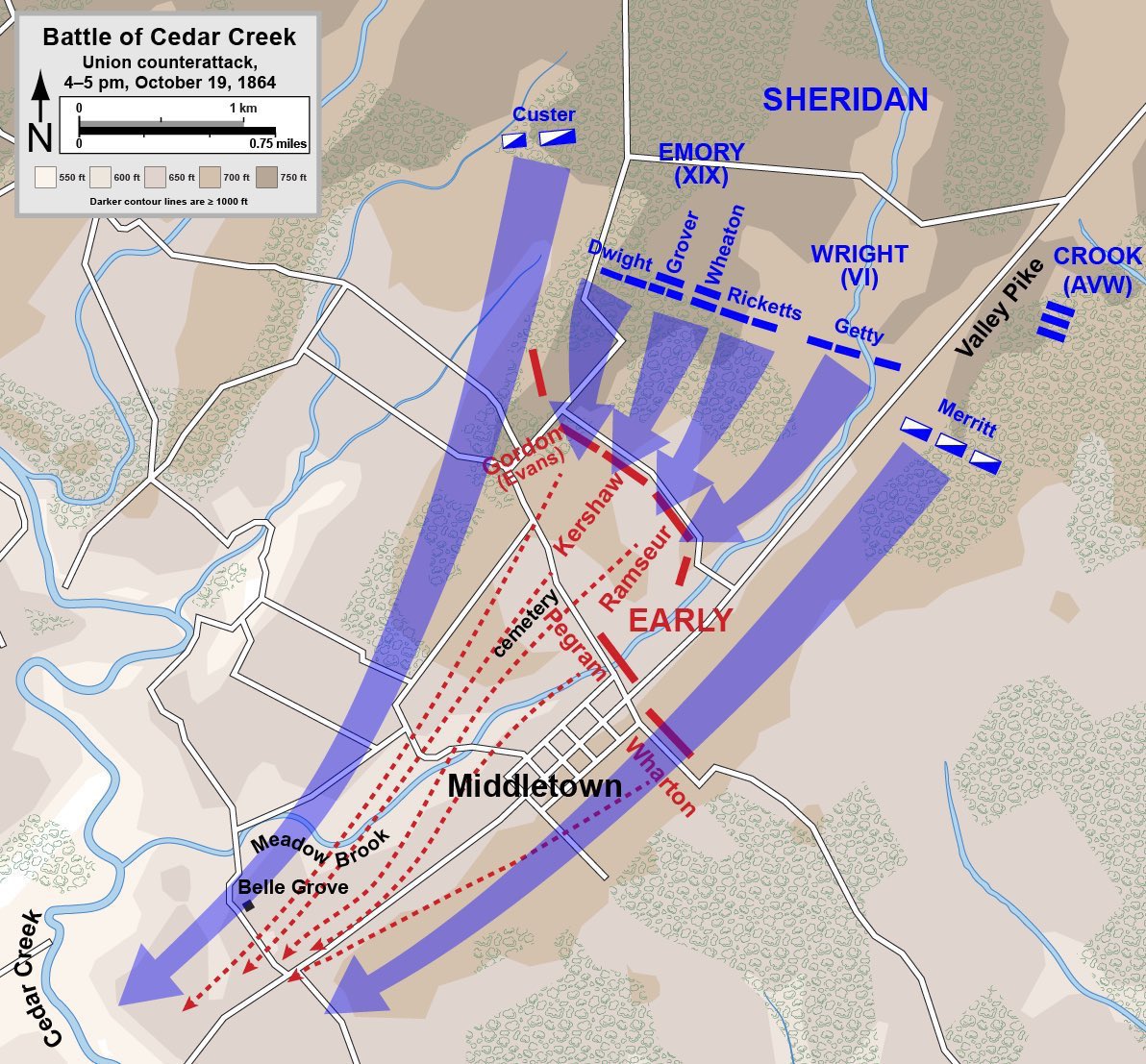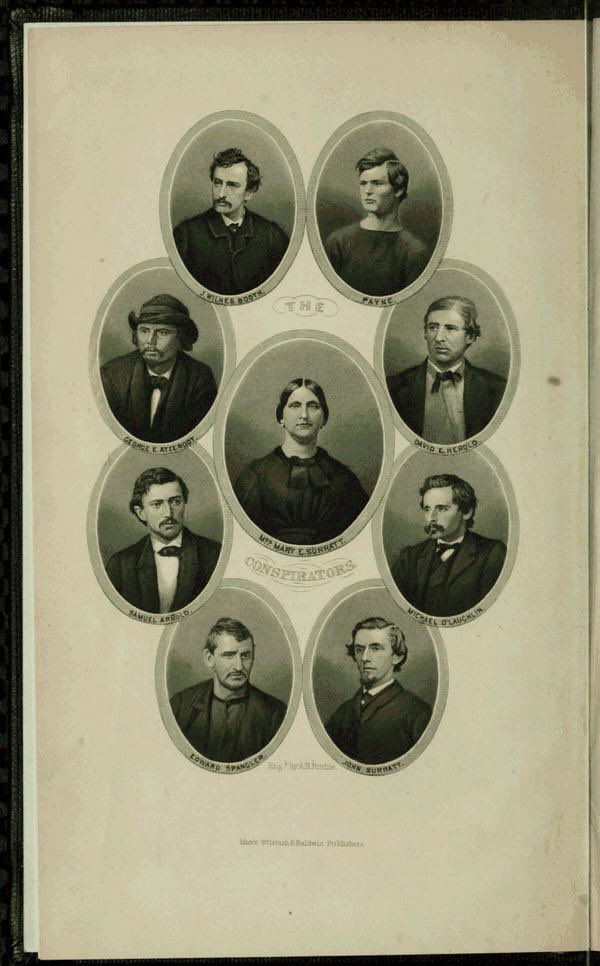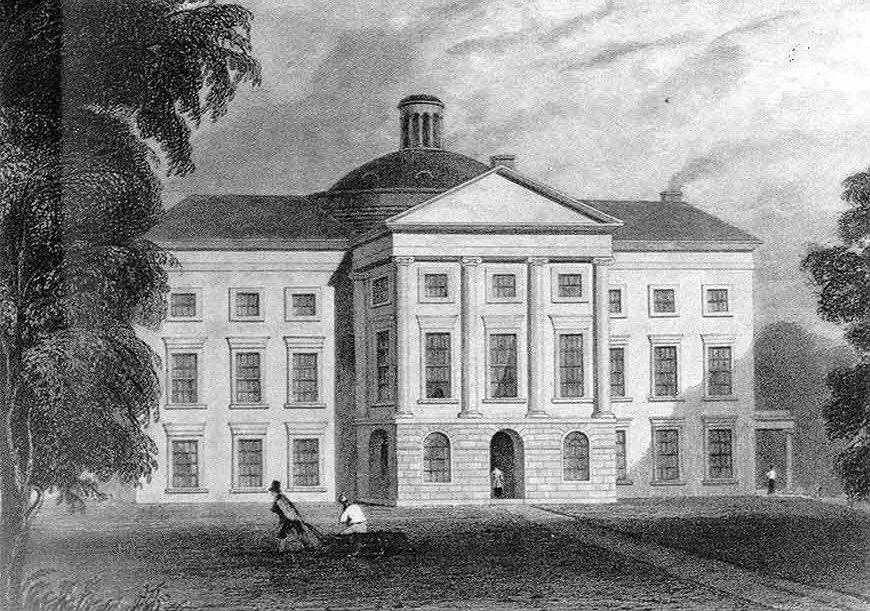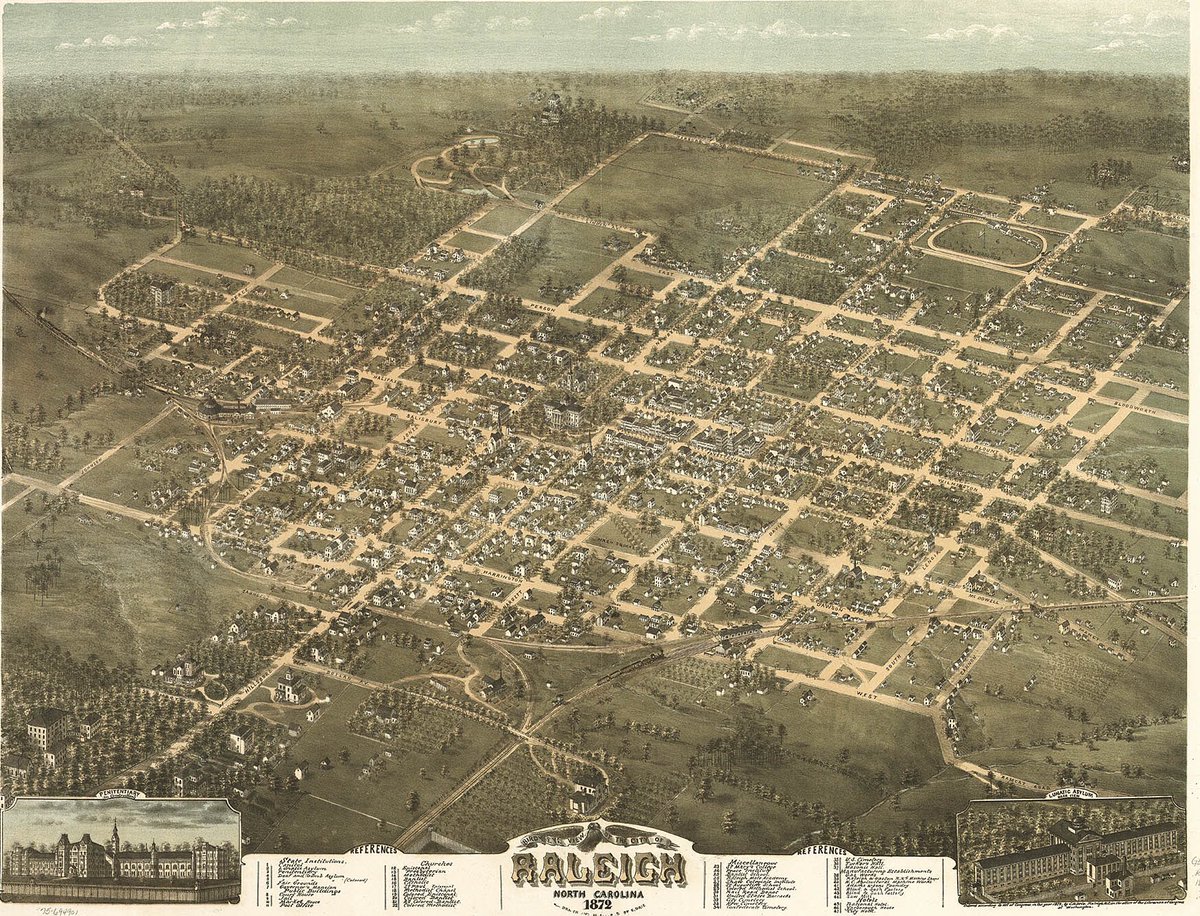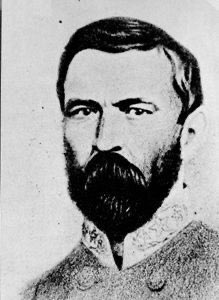
The Fort Pillow Massacre took place #OTD in 1864, when confederate troops under Nathan Bedford Forrest captured the US outpost and killed over 200 Black soldiers and their officers, many murdered after they had been captured and disarmed. #CivilWar #ConfederateHeritageMonth 





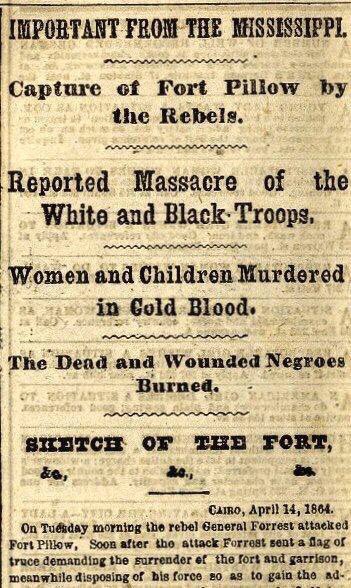

• • •
Missing some Tweet in this thread? You can try to
force a refresh




